It’s December, and everyone’s rushing off to the nearest malls to buy Christmas gifts. It’s not a very pleasant picture — especially if you’ve been stuck in traffic for nearly 2 hours and you’ve yet to buy anything for your family and friends.
Unfortunately, traffic in Manila during Christmas season is inevitable (even on a regular day traffic in Manila is horrendous, but that’s another story). The best way to make your 2015 Christmas shopping a much better experience is to hack your way around it.
With that said, we’ve listed 5 Christmas Shopping Hacks for 2015 to ensure that your shopping experience is better than most.
Start Early
Okay, as of this writing, it’s already the 2nd week of December, and this doesn’t really qualify under “Starting Early” since malls are ALREADY packed and crazy traffic has begun. But shopping as early as now is still better than joining the crowd on the last week before Christmas.
You can try going during non-peak hours. If there’s a nearby mall in your office, you could try to go for a quick shopping trip so you could avoid the crowded malls and horrible traffic during after-office hours.
Book an Uber / GrabCar
One way to get around the Christmas rush traffic and hassle is by booking an Uber or a GrabCar in advance.
With their Waze integration, you at least have a shot to avoid traffic (as much as possible) with an Uber. You could also drive your own car, but again, it would be better to relax and let the friendly Uber / GrabCar partners drive you to your destination.
Be mindful of Uber’s rate “surge” though, as you might end up biting more than you can chew. Try to book when there’s no surge so you don’t get shocked with your total bill.
Organize and Prioritize
If you’re like 99% of our blog readers, you must have countless family and friends to give gifts to. An awesome way to make your Christmas shopping experience smoother is if you actually know what you’re going to buy.
Prepare a list in advance. Just pop out your smartphone, open an app like Evernote or Google Docs, and type in the name of the people you’ll buy gifts for and what you’re getting them.
Here’s a look at my personal checklist (done through Evernote).
If you prepare a list before you go to the mall, you’ll be able to save a lot of time and energy.
Shop Online
Avoid the traffic mayhem COMPLETELY by doing your Christmas shopping online.
With Zalora, Lazada, OLX, Shopee, and other online stores, you can easily find gifts for your loved ones without leaving the house.
Order as early as possible and have the products delivered at your doorstep. All you have to do is wrap these gifts, and you’re all set. I’m personally buying some of my gifts online this year.
BONUS TIP: You can also check out independent online stores that sell awesome T-shirts (like The Perfect White Shirt). Rather than going to the mall and falling in line, you can save a lot of time and hassle by ordering online.
Make or Bake
Or… you can forego Christmas shopping altogether and just make personalized gifts for your loved ones.
If you’re not artsy, you can give baking a try. You can easily bake cookies or delicious cupcakes like this:
Not only can you save time and money, you’re also going to be making a lot of your family and friends happy. After all, effort trumps material gifts 10 times out of 10.
Enjoy your Christmas Shopping!







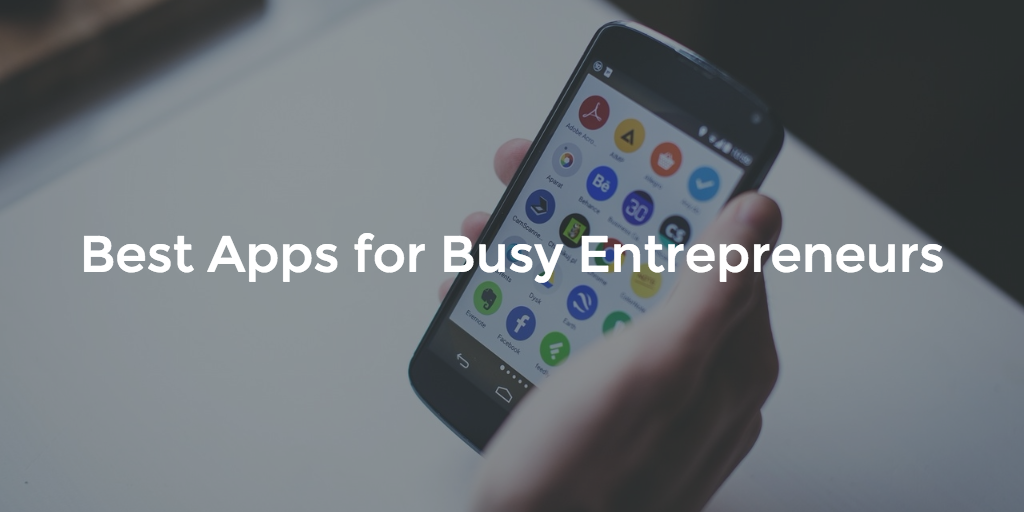
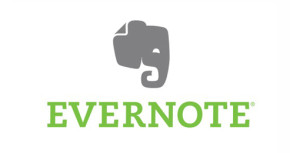

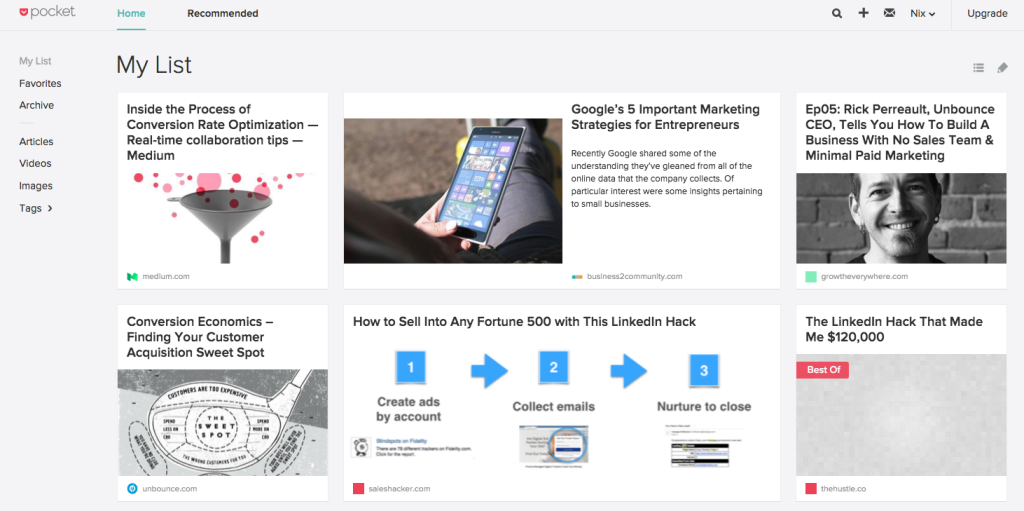
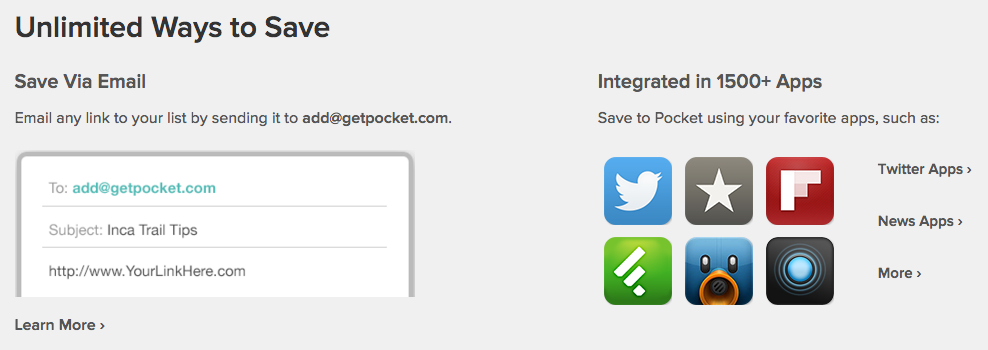
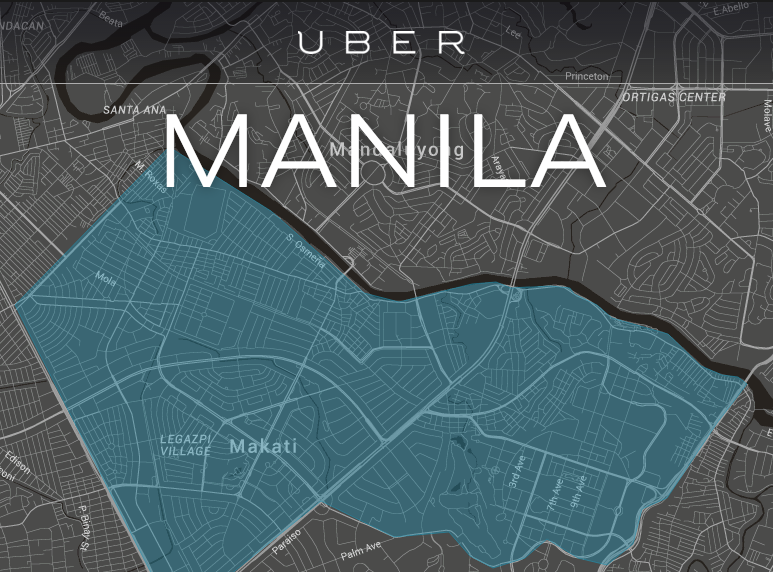

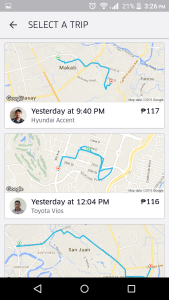

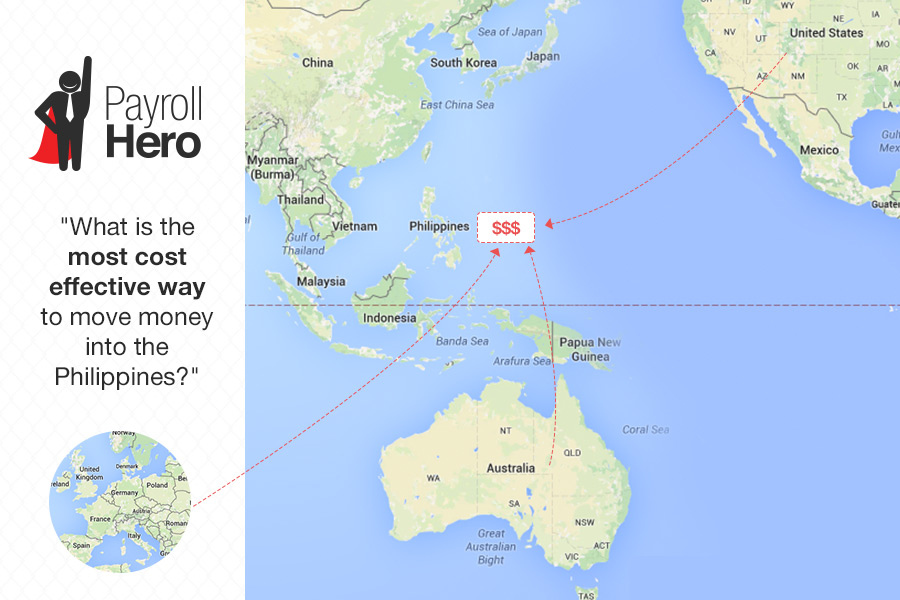




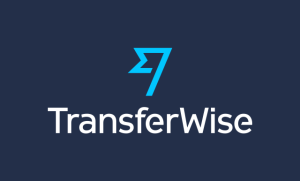



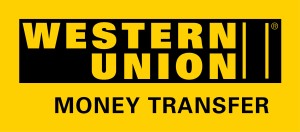
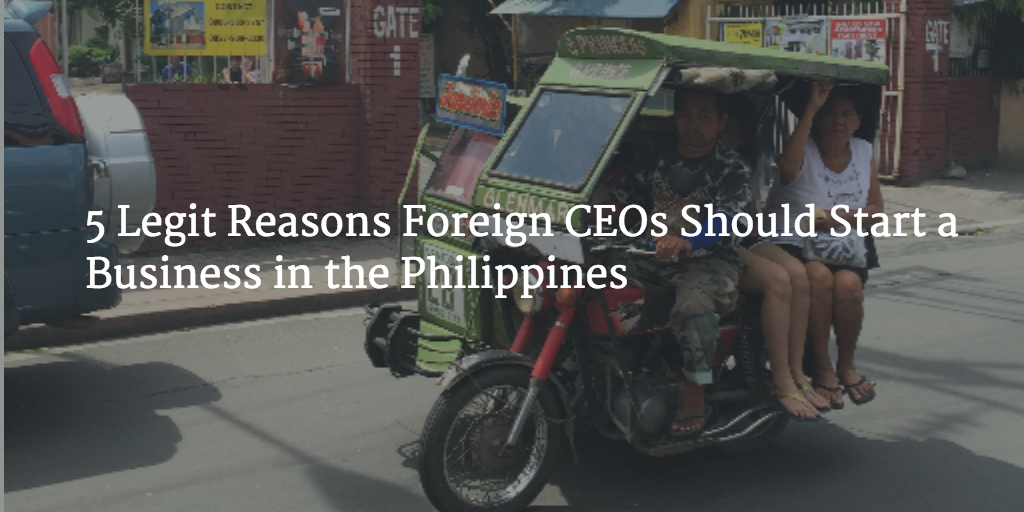 Two weeks ago, Presidential Spokesperson Edwin Lacierda
Two weeks ago, Presidential Spokesperson Edwin Lacierda 
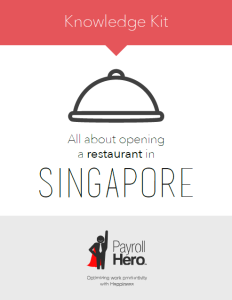
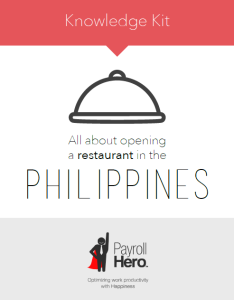
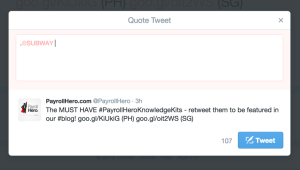
 2. What are you top 5 favourite restaurants and why?
2. What are you top 5 favourite restaurants and why?